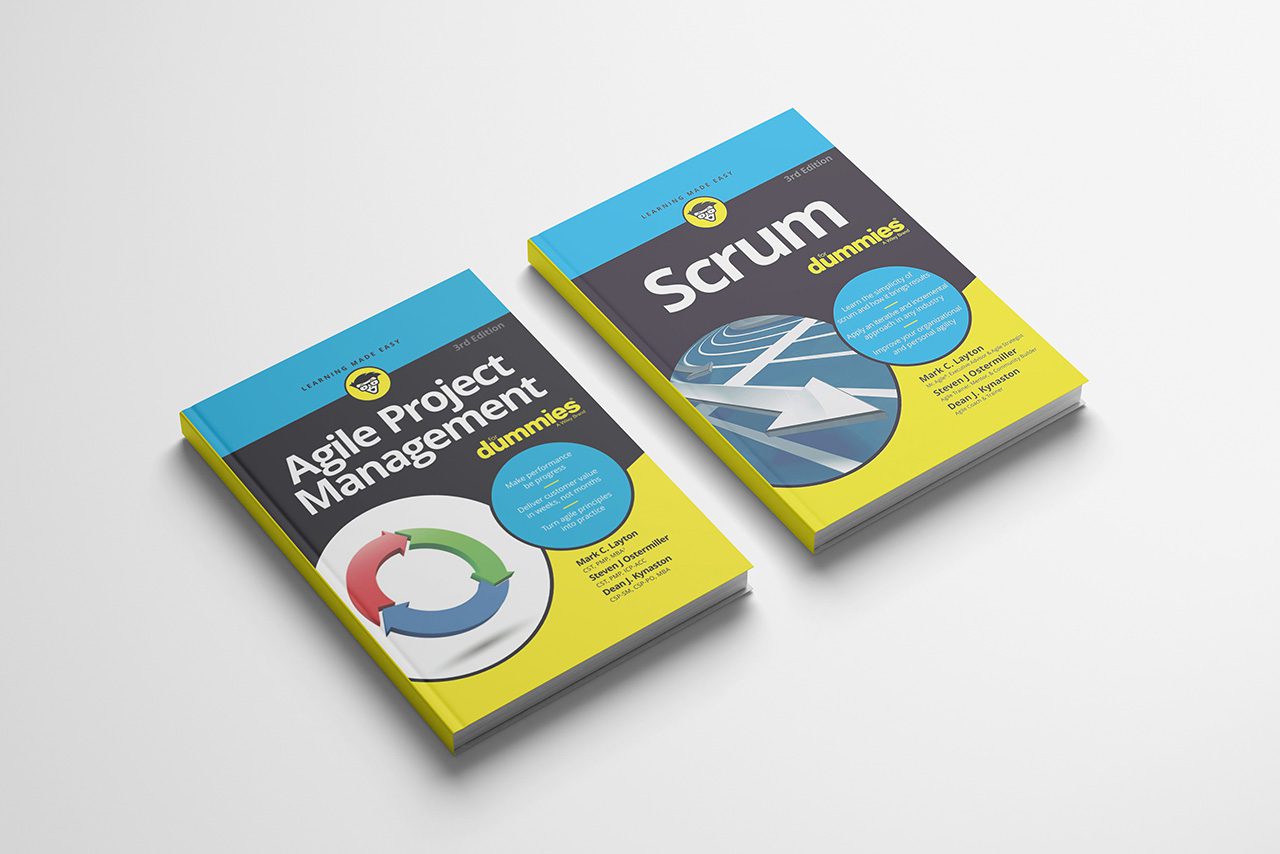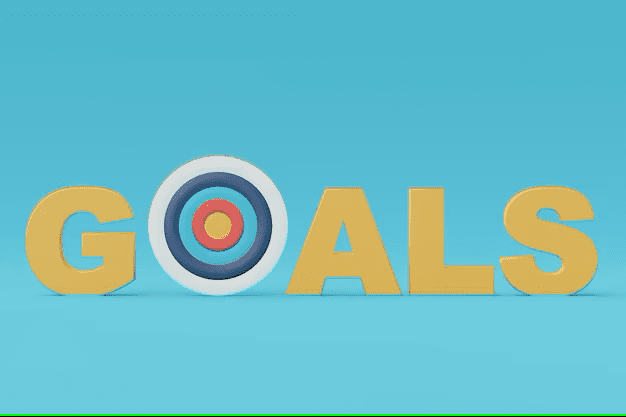by Steve Ostermiller (Ed.)
Are you eager to make the most of your business’ agility? Are you purpose-driven, allowing goals and outcomes to drive your decisions? Everything we do ought to be driven by business goals, regardless of whether the tactical work we are doing is technical or otherwise. When we are strategically stable in our approach to delivering value, we remain tactically flexible on how we accomplish our goals.
Are you looking for ways to keep your objectives on track? With effective goal setting frameworks, businesses can stay agile, efficiently meet their targets, and ensure strategic alignment. In this blog post, we’ll explore three different goal-setting methods – Objectives & Key Results (OKR), SMART and Management by Objectives (MBO) goals. We will discuss how these tools support an agile working style, provide supportive templates that will help structure your own goals, and offer tips for setting successful business objectives. With our guidance at hand, you can create a workflow that not only keeps you up to date with every project’s progress but also drives ongoing success across all areas of the company. So let’s get started!
Overview of OKR, SMART, and MBO goals
Setting goals is an essential component of any organization, and there are multiple frameworks that organizations can use to structure their goal-setting process. Three of the most popular frameworks are OKR, SMART, and MBO. OKR, which stands for Objectives and Key Results, is a framework that focuses on setting ambitious, measurable goals and tracking progress towards achieving them. SMART goals emphasize specificity, measurability, achievability, relevancy, and timeliness. Finally, MBO, or Management by Objectives, is a goal-setting framework that emphasizes collaboration and alignment between managers and their direct reports. By understanding the unique strengths of each framework and how they can be used together, organizations can optimize success and growth.
What is OKR (Objectives & Key Results) Goal Framework
OKR (Objectives & Key Results) Goal Framework is a popular management tool that organizations across the globe use to achieve their goals efficiently. Objectives are the high-level goals that companies aim to achieve, while key results are the measurable outcomes that signal whether the objectives have been achieved. It’s important to differentiate between outputs and outcomes. Outputs are the things we do or create, like the tasks we perform or the widgets we produce. But so what? What was the result of what we did or produced? That’s a more important question. Outputs shouldn’t drive what we do. They’re simply a means to achieving outcomes. We want to be clear on our desired outcomes before planning the outputs.
The OKR framework helps teams to focus on what matters the most and align their efforts towards achieving the common goals. It is an effective way to increase productivity, foster transparency, and create a culture of continuous improvement. By using OKRs, organizations can break down complex goals into smaller, achievable ones that are easier to manage and track progress. Overall, OKRs help to create a sense of purpose and direction for everyone in the organization, leading to better outcomes and success.
What is SMART (Specific, Measurable, Achievable, Relevant, Timebound) Goal Framework
In order to achieve our goals, it’s important to have a framework to guide us in the right direction. That’s where the SMART goal framework comes in. This strategic approach ensures that our objectives are Specific, Measurable, Achievable, Relevant, and Timebound. By breaking down our goals into smaller, more manageable steps, we are able to create a clear path towards success. This method empowers us to focus on what’s important and stay on track, ultimately leading to greater satisfaction and productivity in both our personal and professional lives. Whether you’re a student, entrepreneur, or simply someone looking to make progress towards your dreams, the SMART goal framework is an essential tool to have in your arsenal.
What is MBO (Management by Objectives) Goal Framework
Management by Objectives, or MBO, is a goal-oriented approach that management has used for decades to improve organizational performance. This framework has become a popular way for businesses to set goals and measure progress. The basic idea behind MBO is that employees are more motivated when they have specific and measurable goals to work towards. With MBO, managers and employees work together to set objectives, define measurable outcomes, and then track progress towards those objectives over time. By focusing on results rather than activities, MBO can help organizations become more efficient, effective, and successful overall.
How to set Business Goals
While each goal-setting framework has its unique approach, they all share common elements that complement each other. First and foremost, all three frameworks – OKR, SMART, and MBO – focus on setting clear, measurable goals. This emphasis on quantifiable outcomes ensures that progress can be tracked and evaluated over time. Secondly, these frameworks foster alignment within the organization, ensuring that all members of the team understand and work towards the same objectives. Lastly, these models all promote a culture of continuous improvement, encouraging teams to regularly review their goals, assess progress, and adjust their strategies as needed. These shared attributes underscore the importance of structured goal-setting in driving organizational success.
Organizations would do well to focus on the strengths of all three of these goal-setting approaches. OKRs clearly define and set focus on outcomes. (Remember the difference between outputs and outcomes.) MBOs help ensure alignment and ownership top-down and bottom-up across the organization. When people doing the work understand the “why” behind what they’re doing, they create higher value and quality outputs. And SMART language promotes describing outcomes in specific, measurable, achievable, relevant and timebound terms.
To simplify the process, templates for setting goals can come in handy. With the right template, you can structure your goals in a way that is achievable and measurable. These templates can help you identify the steps you need to take, set deadlines, and track your progress. No matter how big or small your goals are, having a template can make a significant difference in your ability to achieve them. So, if you’re looking to streamline your goal-setting process, it’s worth exploring the various templates available out there.
Here are some examples of templates you can use when setting goals using the OKR, SMART, and MBO frameworks:
OKR Template:
- Objective: [Clearly defined goal]
- Key Results:
- [Measurable result 1]
- [Measurable result 2]
- [Measurable result 3]
- SMART Goals Template:
- Specific: [Detailed description of the goal]
- Measurable: [How will progress be tracked?]
- Achievable: [Is this goal realistic with effort and commitment?]
- Relevant: [Why is this goal significant?]
- Time-bound: [When is the deadline for this goal?]
- MBO Goals Template:
- Objective: [Clearly defined goal]
- Measurable Outcomes:
- [Outcome 1]
- [Outcome 2]
- Progress Tracking: [How will progress be tracked?]
- Timeline: [When is the deadline for this goal?]
These templates serve as a starting point for writing down your goals. The key is to make it as detailed and specific as possible, ensuring that there is a clear understanding of what success looks like and how it will be measured.
Summary
This blog post provides an overview of three popular goal-setting frameworks: OKR, SMART, and MBO. In addition to outlining the unique strengths of each framework, this post also discusses how to use each framework, together even, to set business goals in a strategic way and provides some helpful resources for utilizing templates in goal setting. By understanding the key aspects of these frameworks and creating a plan of action, organizations can set achievable goals and track progress towards them. Ultimately, this post provides valuable insight into how companies can use goal-setting frameworks to maximize productivity and create a culture of continuous improvement.







